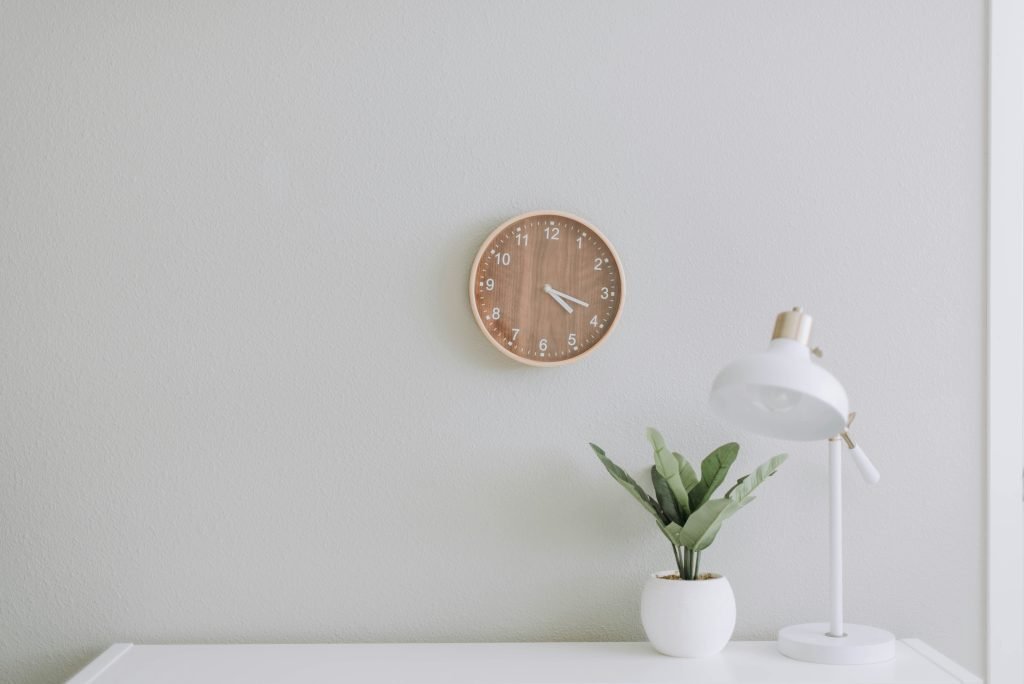It’s time to make your home cozier and more energy-efficient! In this article, “What Steps Should I Take To Upgrade My Home’s Insulation?”, you’ll discover simple, effective ways to improve your home’s insulation. From identifying areas that need attention to selecting the best materials and working with professionals, each step is designed to help you reduce energy costs and ensure a comfortable living environment year-round. Ready to transform your space into a warm and inviting sanctuary? Let’s dive in! Have you ever wondered what steps you should take to upgrade your home’s insulation? Improving your home’s insulation is one of the most effective ways to enhance comfort, reduce energy bills, and even contribute to a more sustainable environment. But, knowing where to start can be overwhelming. Don’t worry; we’re here to help you every step of the way.

This image is property of images.unsplash.com.
Why Upgrade Your Home’s Insulation?
Before diving into the steps, it’s essential to understand why upgrading your insulation is a good idea. Proper insulation regulates the temperature inside your house by preventing heat from escaping in the winter and entering in the summer. This can lead to a more comfortable living environment, smaller energy bills, and even increased property value.
Benefits of Upgrading Insulation
To give you a clearer picture, here’s a quick rundown of the benefits:
| Benefit | Description |
|---|---|
| Energy Savings | Reduces heating and cooling costs by up to 20%. |
| Comfort | Maintains a consistent indoor temperature. |
| Environmental Impact | Decreases carbon footprint by using less energy. |
| Soundproofing | Helps reduce noise from outside and between rooms. |
| Property Value | Potentially increases the resale value of your home. |
Step-by-Step Guide to Upgrading Your Home’s Insulation
The process of upgrading your insulation involves several key steps. By breaking it down, you’ll find it much easier to manage the project.
Step 1: Assess Your Current Insulation
First things first, you need to understand what you’re working with. This means inspecting the current state of your insulation.
Conduct a Visual Inspection
Check for insulation in the attic, walls, floors, crawl spaces, and other areas. Look for any signs of wear and tear, like gaps, thinning, or moisture damage.
Professional Energy Audit
For a more detailed assessment, consider hiring a professional to conduct an energy audit. They can use specialized tools to pinpoint areas of energy loss.
Step 2: Identify Types of Insulation
Not all insulation is created equal. Different types can be used for different areas of your home.
Common Insulation Types
| Type | Use Case | Pros | Cons |
|---|---|---|---|
| Fiberglass | Attics, walls, basements | Easy to install, inexpensive | Can irritate the skin and lungs |
| Spray Foam | Walls, roofs, corners, crevices | Superior sealing, excellent R-value | Expensive, requires professional installation |
| Cellulose | Attics, walls | Eco-friendly, good performance | Can settle over time, may need a barrier |
| Rigid Foam | Exterior walls, foundation walls, unvented low-sloped roofs | High R-value per inch, good moisture resistance | Can be more expensive, harder to install |
| Mineral Wool | Attics, walls, floors | Fire resistant, good soundproofing | Can be more costly, harder to source |
Step 3: Choose the Right R-Value
Insulation’s effectiveness is measured by its R-value, which indicates its resistance to heat flow. The higher the R-value, the better the insulation’s performance.
Determining the Correct R-Value
Different areas of your home require different R-values. Here’s a quick guide:
| Area | Recommended R-Value |
|---|---|
| Attic | R-38 to R-60 |
| Walls | R-13 to R-21 |
| Floors | R-19 to R-30 |
| Basements | R-11 to R-25 |
| Crawl Spaces | R-13 to R-30 |
Check your local building codes and climate zone recommendations for the best R-value suited for your area.
Step 4: Gather Materials and Tools
Once you’ve chosen your insulation type and determined the appropriate R-value, make a list of the necessary materials and tools. Here’s a general idea of what you may need:
Basic Materials
- Insulation material (fiberglass, spray foam, rigid foam, etc.)
- Vapor barrier
- Adhesive spray
- Caulk and weather stripping
Tools
- Utility knife
- Tape measure
- Staple gun
- Protective gear (gloves, masks, goggles)
- Blower machine (if installing loose-fill insulation)
Step 5: Remove Old Insulation If Necessary
Depending on the condition of your current insulation, you may need to remove some or all of it before installing new insulation.
Safety First
Old insulation can contain harmful materials like asbestos. Wear protective gear and consult a professional if there is any suspicion of hazardous materials.
Proper Disposal
Dispose of old insulation material responsibly by following local disposal guidelines.
Step 6: Install New Insulation
The actual installation process varies depending on the type of insulation you’ve chosen. Here are some general guidelines:
Installing Fiberglass Batts
- Prepare the Space: Remove obstructions and debris.
- Cut Insulation: Use a utility knife to cut insulation to fit the space.
- Position Insulation: Lay the insulation snugly between studs, joists, or rafters.
- Secure with Staples: Staple the insulation in place, being careful not to compress it.
Installing Spray Foam
- Prepare the Area: Mask off surrounding areas to protect from overspray.
- Apply Foam: Spray foam into cavities, expanding it until fills the space.
- Trim Excess: After it cures, trim away any excess foam with a saw or knife.
Installing Blown-In Insulation
- Setup Blower: Rent or purchase a machine for blowing insulation.
- Fill Hopper: Load the insulation material into the machine’s hopper.
- Blow Insulation: Use the hose to distribute the insulation evenly across the space, ensuring consistent depth.
Step 7: Seal Any Gaps and Cracks
Insulation works best when air leaks are minimized. Use caulk or weather stripping to seal gaps around windows, doors, pipes, and ducts.
Step 8: Install Vapor Barriers If Needed
A vapor barrier helps prevent moisture from penetrating interior spaces, which is especially important in areas prone to dampness.
Types of Vapor Barriers
| Type | Description |
|---|---|
| Polyethylene Sheets | Commonly used with fiberglass insulation |
| Vapor Barrier Paint | Applied like paint, good for walls and ceilings |
| Foil-Faced Kraft Paper | Often attached to batt insulation |
Step 9: Inspect Your Work
After installation is complete, it’s a good idea to inspect your work to ensure that the insulation is properly placed and there are no gaps.
Step 10: Monitor and Maintain
Once your new insulation is in place, keep an eye on its performance. Look for any signs of wear or moisture, and address any issues promptly to maintain efficiency.
Additional Tips for Optimal Insulation
Consider Adding Radiant Barriers
Radiant barriers reflect heat away from your home, which can be especially useful in hot climates. They are usually installed in attics to complement traditional insulation.
Insulate Ductwork
Don’t forget about your ductwork! Leaky or poorly insulated ducts can significantly reduce your home’s energy efficiency.
Don’t Neglect Floors and Basements
Floors and basements are often overlooked but play a crucial role in your home’s overall insulation profile. Consider adding insulation in these areas for maximum efficiency.
Frequently Asked Questions
How Can I Tell If My Home Needs More Insulation?
Signs that your home may need more insulation include uneven temperatures between rooms, high energy bills, cold drafts, and walls or ceilings that feel cold to the touch.
Can I Install Insulation Myself?
Yes, many types of insulation, such as fiberglass batts, can be installed by homeowners. However, for more complex systems like spray foam or blown-in insulation, you might want to hire a professional.
How Much Does Insulation Cost?
The cost varies depending on the type of insulation and the size of the project. On average, homeowners spend between $1,500 and $3,500 on insulation upgrades.

This image is property of images.unsplash.com.
Conclusion
Upgrading your home’s insulation doesn’t have to be a daunting task. By following these steps, you’ll be well on your way to creating a more comfortable, energy-efficient, and environmentally-friendly living space. Whether you decide to take on the project yourself or hire a professional, understanding the process and benefits will help you make better decisions. So, are you ready to take the next step in upgrading your home’s insulation?




